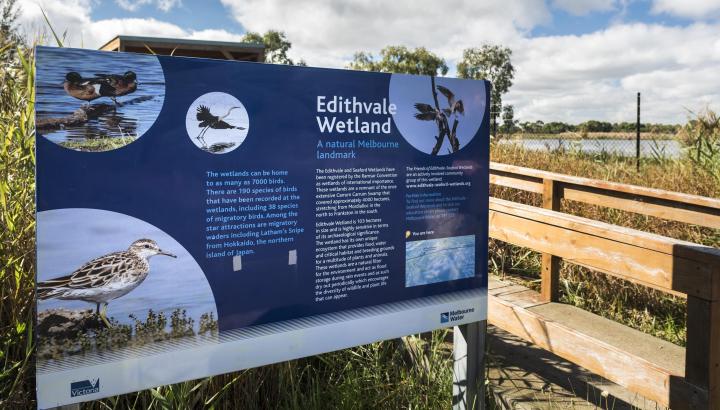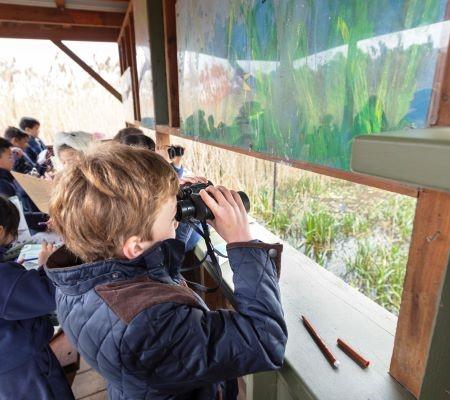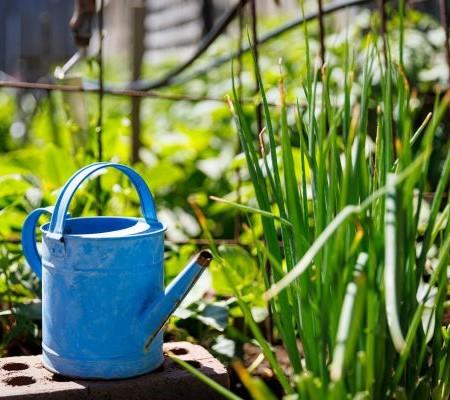 Return to search results
Return to search results
Wetlands and the water cycle exploration
These lessons can be used to compliment the Edithvale-Seaford Wetlands Explorer excursion. The lessons outline key content and concepts about the water cycle and wetlands, that will enhance your student’s learning experience.
There are different resources for you to use pre-visit and post-visit. The lessons get students to explore the themes about why wetlands are important and how we can protect them.
Learn more about the excursion Edithvale-Seaford Wetlands Explorer.
Learning outcomes
Year 1&2
- Describe the observable weather of a place and seasonal changes using the water cycle
- Explain what happens when people change natural places - waterways, and how they can be cared for
- Understand that different living things live in different places, for example, land and water
- Explore the different features of waterway species
Year 3&4
- Explain how water can be a liquid, solid or gas using the natural water cycle
- Identify the importance of waterway environments in Melbourne and Victoria
- Recognise that waterway environments provide habitat for different species and require protection
- Identify the importance of water to sustaining the lives of people
- Identify the importance of waterways to the environment and to sustaining the lives of species
- Understand the importance of waterway habitats for different species
Classroom & teacher resources
Pre-visit
Discover the vital role of water in sustaining the wetlands and how these natural wonders filter water before it reaches Port Phillip Bay.
To help your students prepare for their visit and get the most out of the experience, you can get them to complete the following activities.
- Watch: Episode: The water cycle video.
- Download and complete the water cycle diagram.
- Go to World of Water: Edithvale-Seaford Wetlands to learn about wetlands and birds, plants and animals of the wetlands.
- Get students to draw a ‘Know’, ‘Find out’, ‘Learnt’ table and get them to complete the ‘Know’, ‘Find out’ columns.
| Know | Find out | Learnt |
During your visit
Write down your observations when you visit the wetlands – See, Smell and Hear.
Post-visit
Learn how to protect and manage these precious wetland habitats sustainably, ensuring they thrive for generations to come.
Task 1: Conclusion and reflection
- Reinforce learning & reflection and watch the Episode: Water and waterways video.
- Get students to complete the ‘Learnt’ column of their ‘Know’, ‘Find out’, ‘Learnt’ table.
- Get students to write a short reflection on what they learnt about wetlands and why they should be protected.
Task 2: Take action and protect our wetlands
- List the activities that can help protect and conserve all wetlands.
- Create a poster that shows how you, your class, your school or your community can actively participate and contribute to protecting wetlands.
Victorian Curriculum 2.0
Year 1&2
- Science: VC2S2U02, VC2HG4K09
- Geography: VC2HG2K01, VC2HG2K05
Year 3&4
- Science: VC2S4U04, VC2S4U07
- Geography: VC2HG4K01, VC2HG4S05, VC2HG4K09
- Civics & Citizenship: VC2HC4K07






